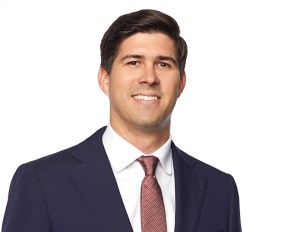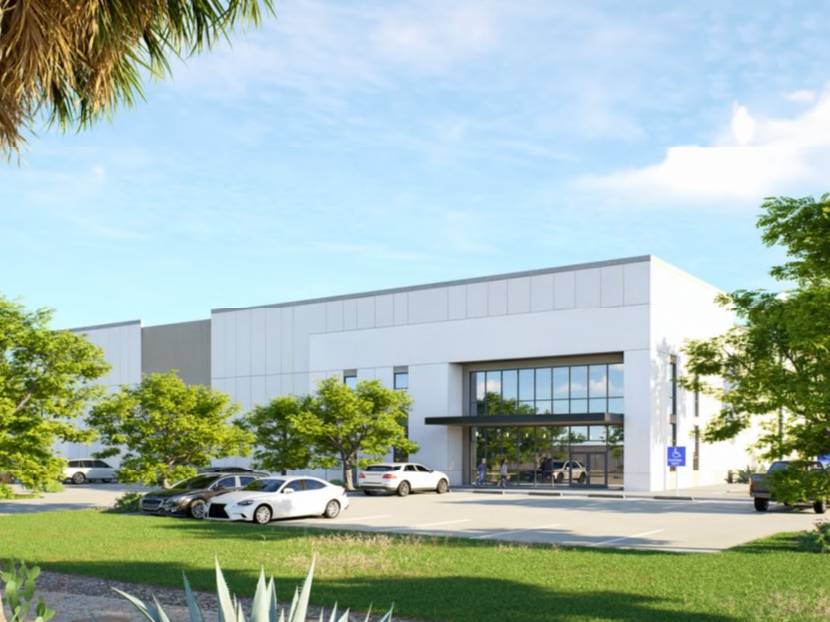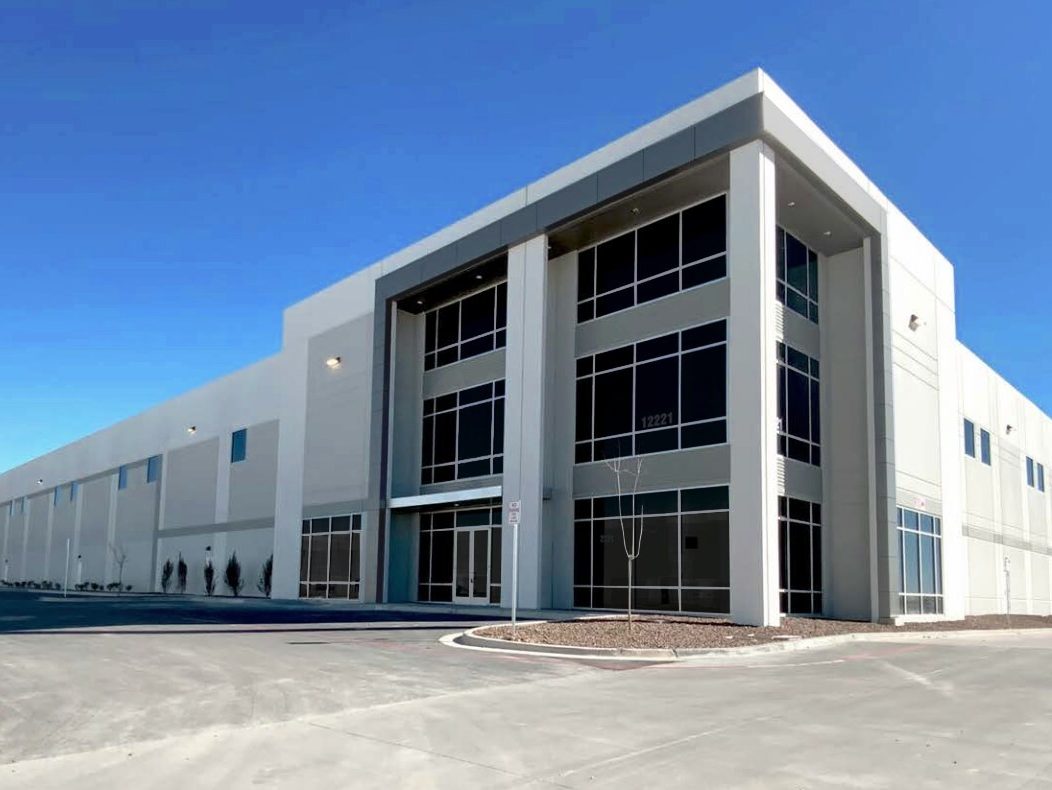Medical Office Buildings Shine Bright for Health-Care Investors
Secular shifts and strong performance are drawing a broad audience to these properties, according to JLL's Bryan Lockard.
Interest in health-care real estate continues to gain momentum despite recent challenges brought on by economic uncertainty, the threat of recession, and rising interest rates. According to JLL research, institutional investment was at an all-time high in 2022, reaching nearly $25 billion, a significant increase over the $19.6 and $13.9 billion reported in 2021 and 2020, respectively.
Medical office building transactions led the pack with $12.3 billion in investments, representing 58 percent of the total health-care activity last year. Much of this, however, resulted between the merger of Healthcare Realty Trust and Healthcare Trust of America, which was valued at $9.4 billion. Excluding this merger, the numbers are somewhat less impressive. Quarterly transaction volume between July and December dropped sharply as changing economic conditions and rising interest rates dominated conversations.
MOBs reported strong net operating income in third quarter 2022 at 2.7 percent, pointing to its resiliency as an asset class, despite the cloudy economic climate and its high overall expenses.
Driven by strong demand and slow deliveries over the past two years, medical office occupancy increased to 92.3 percent. This comes after a slight dip to 91.3 percent in the first quarter of 2020 as COVID-19 took hold.
Driven by strong occupancy growth, medical office asking rents increased 2.29 percent on average over the past two years, which compares favorably to the 1.9 percent growth reported in the overall office market. This trend is expected to continue as the high cost to build and the need for proximity to patients results in medical office tenants remaining in the same space for longer lease terms.
Making notable strides in terms of transaction volume last year was ambulatory surgical centers, making up 26.8 percent of overall sales in 2022. Advances in technology, a shift in consumer preferences, and changes to Medicare and other insurance providers have resulted in a move away from inpatient to outpatient care at ASCs.
Behavioral health facilities are also gaining momentum as they seek to address the prolonged isolation and increased awareness of mental health, much of which was a result of the lockdowns during the pandemic. Between 2020 and 2022, 42 behavioral health facilities opened, adding 2,874 beds. An additional 3,737 beds are currently under construction, demonstrating growing investment in the segment.
As with most real estate sectors, institutional investment in health care declined last year and represented just 14.9 percent of overall transactions. Conversely, REITs have expanded ownership in the health-care sector and at year-end controlled 13 percent of the product, a jump of 2 percent from 2019.
Near-Term Prospects for MOBs
While health-care real estate faces headwinds from tight margins and labor challenges, the tailwinds of demographic shifts and the inelasticity of medical services make medical real estate an attractive investment opportunity moving forward, with MOBs being viewed as the greatest opportunity, followed by ASCs, and Behavioral facilities.
Medical office building fundamentals continue to be healthy due to their resilient occupancy rates, steady rents and positive NOI growth potential. Rental rate growth is projected to be between 2 and 4 percent, which can temper the rise in cap rates.
Inpatient Rehabilitation Facility space shows substantial growth potential in inpatient sites and are forecast to grow by 26 percent by 2031. There are currently 2,500 IRF beds under construction, with the majority in the Sunbelt region.
The bid-ask spread will continue to limit transaction volume in the coming year as sellers’ pricing expectations are adjusting to the higher interest rate environment. In addition, rising rates will continue to be a determent for some investors and higher capital reserves imposed by the Fed will continue to hinder lending activity.
Capitalization rates, which rose to 50 basis points at year-end 2022, are still low when compared to historical levels. While they are likely to see upward pressure in early 2023, they should stabilize near the midpoint of the year.
While interest in medical office has increased in the past decade, 63 percent of health-care real estate is still owned by hospitals, providers, or the government. Given the tight margins of the health-care sector, capitalizing on growing interest in real estate investment could enable providers or health-care systems to use real estate to generate cash.
While the impacts of COVID-19 were vast and wide-ranging, a recent JLL survey of 129 of the most influential leaders in health-care professionals specializing in health-care space, 30 percent of respondents believe we have endured the worst and expect market valuations and transaction activity to improve over the next 12 months.
Bryan Lockard is managing director, JLL Valuation Advisory.








You must be logged in to post a comment.